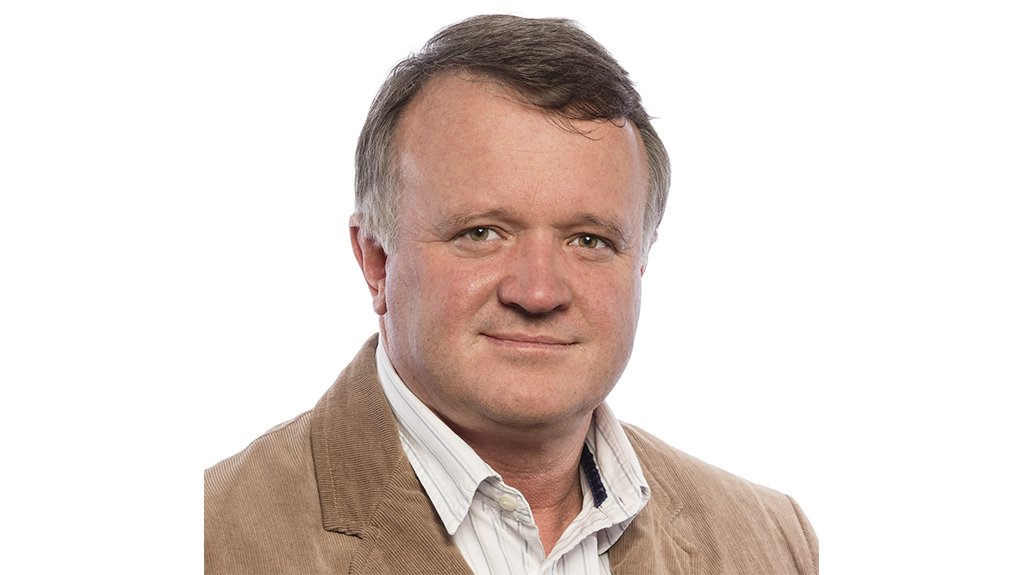Digital tech advances project management


GIEL BEKKER In the mining sector, we have already witnessed the application of digital twins, but this tool is still new with many lessons still to be learned
Since the development and application of critical chain methods, no real new project management techniques have been developed, but information, digital and design technologies have accelerated. This has resulted in improved application of existing project management methodologies, says tertiary education institute University of Pretoria (UP) project management associate professor Giel Bekker.
He explains that the two most significant, and interrelated, technologies are building information modelling (BIM) and digital twins, the latter having been developed through the integration of BIM and digital platforms.
“In the mining sector, we have already witnessed the application of digital twins, but this tool is still new to the industry, with many lessons to be learned. However, recent results have demonstrated its value and new projects will most definitely be set up with experience embedded.”
In terms of project management, the BIM and digital twins are the project integrators, explains Bekker: “They are built around the project scope and form the basis from which planning, scheduling, estimation, contracting, execution and control can take place.”
He notes that the initial three-dimensional (3D) computer-aided design model acts as the centre of technical design and sets the platform from which aspects, such as scheduling, cost estimation and control, as well as asset management (4D, 5D and 6D models), can be incorporated.
The asset management aspect is the most valuable for the end-user, adds Bekker.
Site surveying and progress measurement can be completed using drone footage updated in the digital twin, he says. Initial employee training can be completed on the simulated model and, as-builds are updated in real time, and design changes, owing to cost pressures, can be simulated before finalisation. Companies can also use data analysis to deploy proactive safety measures.
“Covid-19 helped us realise how much we can do digitally and remotely. We’ve come to realise that we can have fewer people on site and spend time on modular designs, auto-surveying using drones and infrared, completing equipment procurement and site delivery on a ‘just-in-time’ basis,” explains Bekker, adding that the pandemic has likely accelerated the integration of technology into traditional project management practices.
The biggest challenge is not technology, but the human factor, he states.
“For BIM and digital twins to be successful, they must be set up correctly from the very start of the project. It should not be an afterthought or regarded as something with ‘nice visuals’, but rather as an important tool for project development.”
Bekker says the person responsible for the digital aspects of the project should be a senior person, typically a digital project manager, and should be deployed prior to sending out enquiries or requests for information to consultants and contractors.
However, convincing the sponsor to deploy such a resource so early into a project could prove challenging. It will require some convincing by the team and foresight by top management to spend money on the deployment of such resources without knowing yet what the full quantifiable value of the investment will be at this early stage of technology deployment.
Comments
Press Office
Announcements
What's On
Subscribe to improve your user experience...
Option 1 (equivalent of R125 a month):
Receive a weekly copy of Creamer Media's Engineering News & Mining Weekly magazine
(print copy for those in South Africa and e-magazine for those outside of South Africa)
Receive daily email newsletters
Access to full search results
Access archive of magazine back copies
Access to Projects in Progress
Access to ONE Research Report of your choice in PDF format
Option 2 (equivalent of R375 a month):
All benefits from Option 1
PLUS
Access to Creamer Media's Research Channel Africa for ALL Research Reports, in PDF format, on various industrial and mining sectors
including Electricity; Water; Energy Transition; Hydrogen; Roads, Rail and Ports; Coal; Gold; Platinum; Battery Metals; etc.
Already a subscriber?
Forgotten your password?
Receive weekly copy of Creamer Media's Engineering News & Mining Weekly magazine (print copy for those in South Africa and e-magazine for those outside of South Africa)
➕
Recieve daily email newsletters
➕
Access to full search results
➕
Access archive of magazine back copies
➕
Access to Projects in Progress
➕
Access to ONE Research Report of your choice in PDF format
RESEARCH CHANNEL AFRICA
R4500 (equivalent of R375 a month)
SUBSCRIBEAll benefits from Option 1
➕
Access to Creamer Media's Research Channel Africa for ALL Research Reports on various industrial and mining sectors, in PDF format, including on:
Electricity
➕
Water
➕
Energy Transition
➕
Hydrogen
➕
Roads, Rail and Ports
➕
Coal
➕
Gold
➕
Platinum
➕
Battery Metals
➕
etc.
Receive all benefits from Option 1 or Option 2 delivered to numerous people at your company
➕
Multiple User names and Passwords for simultaneous log-ins
➕
Intranet integration access to all in your organisation



















